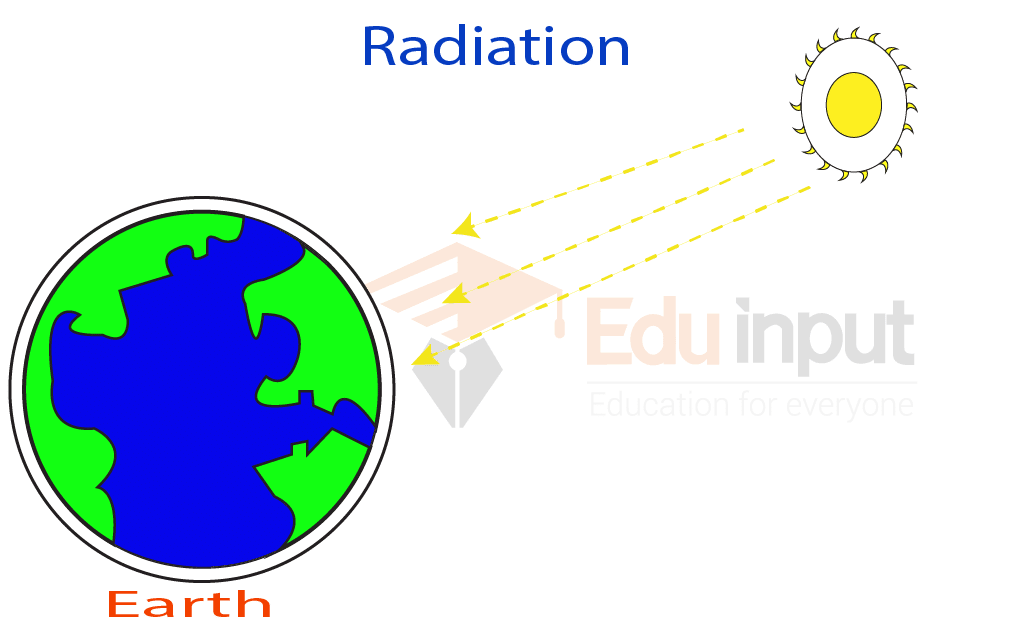When contemplating the nature of radiation, one may be inclined to ask: Is it a particle or a wave? This seemingly straightforward question might evoke layers of complexity that challenge even seasoned physicists. The answer, intriguing as it may be, is both deceptively simple and immensely profound: yes—radiation can indeed be understood as both a particle and a wave. This duality lies at the heart of quantum mechanics and serves as a catalyst for deeper exploration into the very fabric of reality.
To embark upon this intellectual journey, we must first define what we mean by “radiation.” In its most general sense, radiation refers to the emission and transmission of energy through space or a medium, manifesting in various forms, including electromagnetic waves, particles, and more. The electromagnetic spectrum—a continuum ranging from radio waves at one end to gamma rays at the other—captures the diverse manifestations of radiation. Yet, what truly captures our attention is the dual nature of this phenomenon, as illuminated by the principles of quantum theory.
To appreciate the concept of wave-particle duality, we must delve into the historical context that paved the way for its discovery. The early 20th century was pivotal, characterized by groundbreaking work from luminaries such as Albert Einstein and Max Planck. Their contributions, particularly Einstein’s explanation of the photoelectric effect, suggested that light, traditionally viewed as a wave, exhibits particle-like properties. Photons, the light quanta, were posited as discrete packets of energy that demonstrate particle behavior, challenging the long-held belief that light is solely a wave.
Conversely, the wave-centric perspective was championed by Thomas Young’s famous double-slit experiment, which elegantly illustrated light’s wave characteristics through interference patterns. This experimentation prompted a critical question: Could light oscillate between wave and particle states? The answer lies in the quantum realm, where phenomena do not adhere to classical notions. Instead, they oscillate between possibilities, guided by the laws of probability.
The notion that radiation exists simultaneously as both a particle and a wave extends beyond the confines of light. Consider, for instance, electrons—elementary particles that, under certain circumstances, display wave-like behavior as well. This duality is quantified through Broglie’s hypothesis, which proposed that every moving particle has an associated wavelength. The implications of this concept reverberate throughout quantum mechanics, influencing technologies ranging from semiconductors to imaging systems.
Engaging with the mathematical formalism of quantum mechanics reveals profound insights beneath the surface of wave-particle duality. The wave function—an integral mathematical construct—serves as a comprehensive descriptor of a system’s quantum state. It encapsulates probabilities and encapsulates the essence of uncertainty, wherein particles do not occupy definitive states but rather exist in a superposition of probabilities until observed. The act of observation, as delineated by the observer effect, collapses this wave function, rendering a definitive particle-like behavior. Herein lies a philosophical conundrum: Does the act of measurement influence reality, or does it merely unveil an inherent truth? This philosophical contemplation encapsulates the tension between the subjective experience of observation and the objective nature of reality.
Now, let’s dare to engage with a playful challenge: Consider a world where radiation exclusively adhered to one nature—would it be less fascinating? If radiation were strictly a wave, would our understanding of the universe remain as rich and textured? Conversely, if it were solely a particle, would the beauty of interference and diffraction phenomena fade into oblivion? Engaging with this thought experiment illuminates the extraordinary tapestry woven by the interplay between wave and particle behaviors, challenging us to appreciate the complexity that lies within apparent simplicity.
In practical applications, understanding radiation through the lens of duality has facilitated innovations that transcend theoretical discourse. In medicine, for instance, radiation therapy employs particles and waves alike to target malignant cells while preserving healthy tissue. This capacity to harness the duality of radiation exemplifies how theoretical underpinnings translate into tangible benefits. The same principle applies in telecommunications, where wave behavior enables the transmission of vast amounts of information over diverse frequencies, shaping the modern world.
Pondering the future, the interplay of particle and wave characteristics may unearth new avenues of exploration in physics and related disciplines. Advancements in quantum computing hinge upon principles derived from this duality, with qubits operating in superpositions that exploit the wave-particle complexity. As researchers probe deeper into the quantum world, one cannot help but fantasize about yet-to-be-discovered phenomena that may redefine our understanding of the universe itself.
In conclusion, radiation epitomizes the paradoxical elegance of nature, compelling us to reconcile seemingly contradictory notions. It challenges our comprehension of reality, urging us to regard the universe through a multidimensional lens. As we grapple with the implications of wave-particle duality, we not only enrich our grasp of radiation but also ignite a deeper appreciation for the intricate interplay of forces that govern our existence. The answer to the question, “Is radiation a particle or a wave?” ultimately beckons us to embrace the comforting ambiguity of “yes,” propelling our intellectual curiosity forward into the vast unknown.












